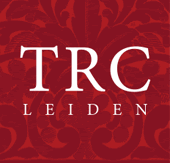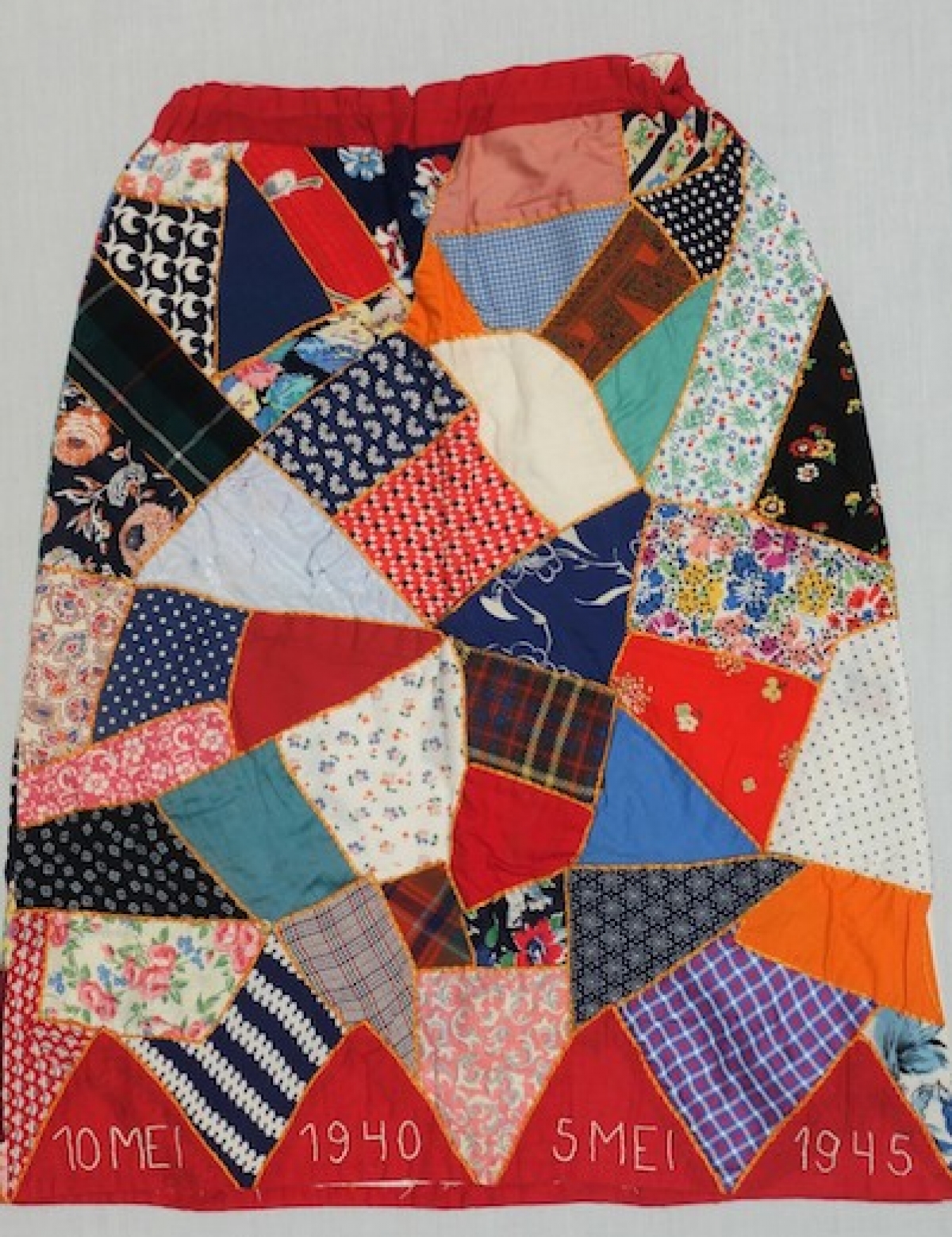Componentk2
Textile tales from the Second World War
This year marks the 75th anniversary of the end of the Second World War (1939-1945), an event that still reverberates in the lives of people in The Netherlands, Europe and indeed in many other parts of the world.
The collection of the TRC in Leiden houses various textiles, garments and accessories, which reflect life in the Netherlands during the Second World War and shortly afterwards. They all tell a story. Some of these are simple, others are painful, but they reflect the different ways that textiles, garments and accessories were made and used. And in many cases they still retain personal and family stories associated with them. This online exhibition looks at some of these stories and puts them in the context of those disturbing times.

This online display is based on an onsite exhibition that was organised and set up by the Textile Research Centre in Leiden in the second half of 2020.
Please click on the illustrations below to go to the various sections.
Colophon:
- Authors: Marieke Roozeboom and Gillian Vogelsang-Eastwood
- Web-design: Joost Koopman
- Exhibition design and text editor: Willem Vogelsang
- Publisher: TRC Leiden.
- Year of publication: 2020
- Copyright: All illustrations of objects housed in the TRC collection can be used free of charge, but please add to the caption: "Courtesy Textile Research Centre, Leiden" and the accession number (for instance: TRC 2020.3000).













